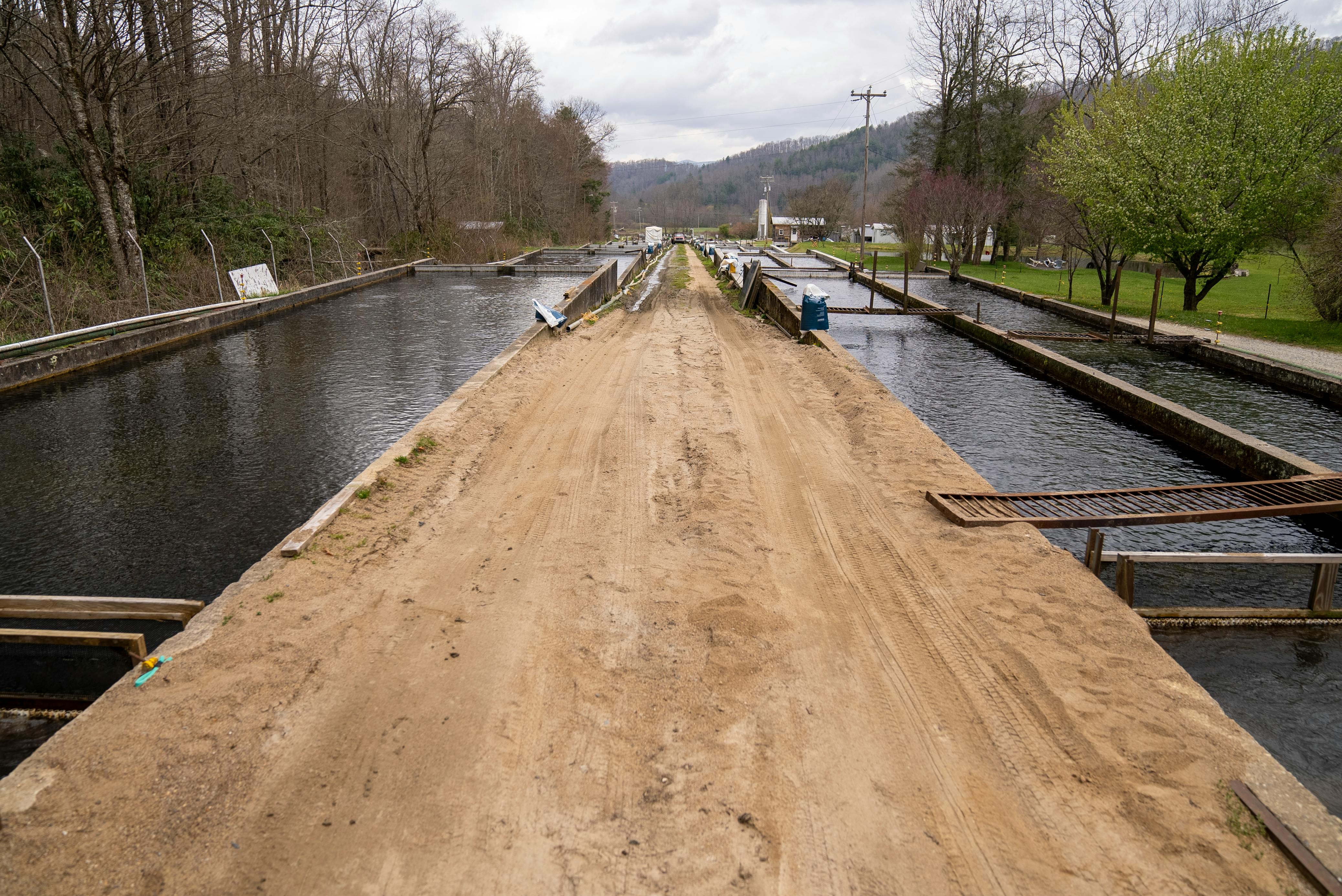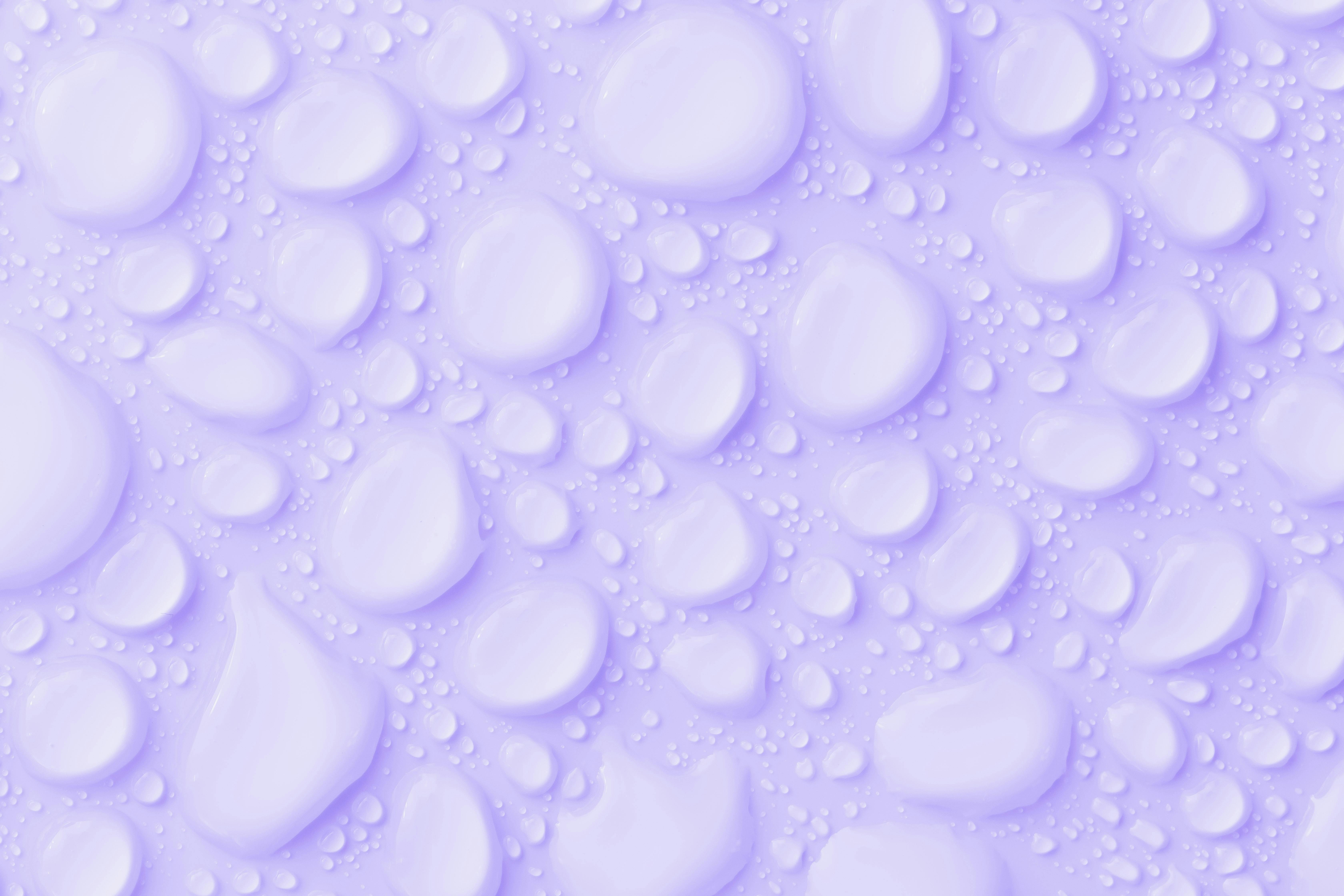Distilled water and demineralised water may both appear to be similar, but in fact they are quite different. Distilled water is created through the process of distillation which involves boiling the water and then condensing the steam back into a liquid. This process removes all minerals and other contaminants from the water. Demineralised water, on the other hand, is created using ion exchange technology which removes most of the minerals present in the water, but not all contaminants. Both types of water have their own unique qualities and uses.Distilled water is water that has been boiled to turn it into steam and then condensed back into liquid form. This process removes any impurities, minerals, and chemicals from the water, leaving it pure and clean. Distilled water is often used in medical or laboratory settings because it does not contain any contaminants that could affect experiments or treatments. It is also used in steam irons and car batteries, as the lack of impurities prevents buildup of these items over time.
What Is Demineralised Water?
Demineralised water, also known as deionised water, is a type of water that has had many of its minerals removed. This type of water is produced by passing water through a special type of filter or a series of resin beads that bind with and extract the mineral ions from the water. The process of demineralisation removes calcium, magnesium, sodium, iron, and other mineral ions from the water. After this process, the water contains no more than 0.1 ppm (parts per million) of total dissolved solids (TDS).
The process of demineralising is often used in laboratories and industries where high purity of water is required for specific purposes. Examples include laboratory experiments where high purity is necessary to obtain accurate results and industrial processes where hard minerals present in normal tap water could cause damage to equipment. Demineralised water has many advantages; it increases the shelf life of food products by preventing spoilage caused by mineral deposits in beverages, improves taste in beverages and food products and prevents scaling in industrial equipment.
In some cases, demineralised water may
Composition of Distilled Water
Distilled water is a type of purified water which is created by means of distillation process. During this process, the water is boiled and then re-condensed back into a liquid form in order to remove any impurities and minerals present in it. After the distillation process, the distilled water will contain no minerals or other compounds, and it will be free from harmful contaminants. It is important to note that distilled water is not considered to be a safe drinking water source since it has no essential minerals for proper health.
The composition of distilled water can vary depending on the source. Generally, it consists mainly of two elements: oxygen (O2) and hydrogen (H2). In addition to these elements, distilled water may also contain trace amounts of ammonia, sulfur dioxide, sodium chloride, potassium chloride and other compounds in very small amounts. These trace amounts are typically classified as non-hazardous for human consumption.
Furthermore, distilled water does not contain any dissolved solids or minerals such as calcium and magnesium which are found in natural drinking waters. This makes it ideal for many applications such as medical use
Demineralised Water Composition
Demineralised water, also known as deionised water, is a type of water which has had its mineral ions removed. It is commonly used in industrial settings where high-purity water is required. Demineralised water is usually created through the process of ion exchange, a process which removes mineral salts from the water by exchanging them for hydrogen and hydroxide ions. The most common minerals removed are calcium, magnesium, iron, potassium and sodium. The result is a purer form of water that can be used for a variety of purposes such as laboratory experiments and cleaning.
The composition of demineralised water depends on the specific method used to create it. Typically, it will contain trace amounts of residual minerals that were not completely removed during the ion exchange process. These trace minerals can include calcium carbonate, magnesium carbonate, iron oxide and other compounds. Additionally, demineralised water may contain small amounts of dissolved gases such as nitrogen and oxygen. Depending on the application for which it is being used, some processes may also add certain chemicals such as phosphate to demineralised water to adjust
Origin of Distilled Water
The origin of distilled water dates back to ancient Greece, where it was used in medical treatments and for purification rituals. Distillation is a process of boiling water to separate the vaporized liquid from the solid contaminants. The vaporized liquid is then cooled and condensed back into pure liquid form, resulting in a clean and safe drinking water. This process has been used throughout history for drinking water, medicinal purposes, and even for cleaning surfaces.
Today, distilled water is still used for many different purposes such as cooking, cleaning, and even for medical treatments such as dialysis. It is also a popular choice for aquariums since it does not contain minerals or other contaminants that can cause harm to the fish. The main benefit of using distilled water is its purity; it does not contain any trace minerals or other contaminants that can be found in regular tap water. This makes it an ideal choice for those who are looking for an all-natural source of clean drinking water.
Distilled water can be bought at most grocery stores or health food stores in both gallon jugs and

Origin of Demineralised Water
Demineralised water, also known as deionized water, is a type of purified water. The process for making it involves passing regular tap water through a series of filters and resins to remove minerals such as iron, copper, magnesium, lead and other contaminants. These minerals are replaced with hydrogen and hydroxide ions. This process is known as ion exchange. The result is a highly pure form of water that is used in many industries, including food production and medical research. It can also be used for drinking purposes, although it may not taste very good due to its lack of minerals.
The origin of demineralised water can be traced back to the early 1900s when scientists first developed the technology for producing it. Since then, the technology has been improved and refined over the years to produce higher levels of purity. Today, there are various types of demineralised water available on the market that can be used for different purposes depending on the level of purification desired. For example, some types are suitable for drinking while others are more suited to industrial applications such as cleaning or chemical processing
Purification Process of Distilled Water
The purification process of distilled water is relatively simple. It involves taking source water from a safe source, such as a river, lake or reservoir, and boiling it to vaporize the water. The vapor is then condensed in a separate container, and the resulting liquid is collected. This purified liquid is known as distilled water.
The distillation process removes any impurities that may be present in the source water, such as bacteria, minerals, or other contaminants. This makes the distilled water safe for drinking and other uses. It also has a neutral pH level, which makes it ideal for use in medical and scientific applications.
During the distillation process, the boiling point of water must be reached to ensure that all contaminants are removed from the liquid. To achieve this, the temperature must be raised to 212°F (100°C). Once this temperature has been reached, the vaporized water collects in a condenser where it is cooled and collected as distilled water.
To ensure that no impurities are present in the distilled water, additional filt
Purification Process of Demineralised Water
The purification process of demineralised water involves a series of steps that are designed to remove all traces of minerals, salts, and other impurities from the source water. The process typically begins with filtration, which is used to remove suspended particles from the water. After filtration, the water is then passed through a reverse osmosis system, which removes dissolved minerals and other contaminants. Finally, the water is subjected to deionisation or ion exchange technology in order to completely remove any remaining ions from the water. This process produces demineralised water that is free from any contaminants and can be used in a variety of applications.
The first step in the purification process is filtration. This involves passing the source water through a series of special filters that are designed to capture suspended solids and other particulate matter from the water. These filters may include sediment filters, activated carbon filters, and other types of specialty filters depending on the application. After filtration has been completed, the next step is typically reverse osmosis. In this process, pressurised water is passed

Conclusion
Overall, the major difference between distilled water and demineralized water is that distilled water has been boiled to remove any minerals and other impurities, while demineralized water has had the minerals removed through the use of various chemical processes. Both types of water have their own benefits and drawbacks, and it is important to consider the needs of a particular application before selecting either option.
Distilled water can be used for many purposes such as drinking, cleaning, and in some medical applications. However, it does not contain any minerals or other nutrients which are essential to health. Demineralized water can be used for industrial purposes such as in cooling systems or in laboratories. It does not contain any minerals either but it does have an extremely low mineral content which can be beneficial in certain applications.
Ultimately, it is important to consider the needs of a particular application before deciding which type of water to use. Both options have their advantages and disadvantages and selecting either option without considering all factors could lead to unsatisfactory results.

